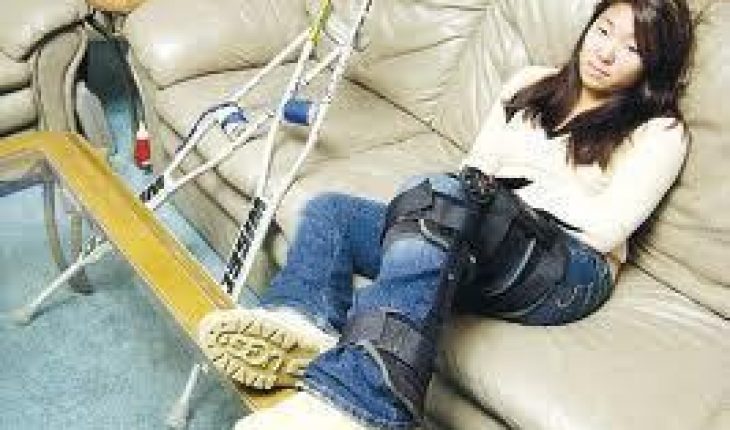Anterior Cruciate Ligament Injuries -ACL injuries
ACL injuries are most commonly associated with athletes, but it can be a painful experience for anyone. ACL or the Anterior Cruciate Ligament is located in the knee. The ACL is one of four stabilizing ligaments that connect the femur to the tibia, the joint we see as the knee. It stops the top of the shin bone from sliding in front of the end of the thigh bone, providing the rotational stability we need. It forms a cross-like mesh with the Posterior Cruiciate Ligament (PCL). The injury itself is damage to the ligament that can range from a small tear to complete separation from the bone.
How ACL injuries happen
There are a number of ways in which the ACL can be injured. The most common is improper movement, as the knee is bent at angles that it is not meant for. The leg itself is normally firmly planted, while the joint gets twisted backwards, or laterally by some force. It can also be damaged under compression of the joint, due to its relationship with the Medial Collateral Ligament (MCL), and medial meniscus, a protective cartilage in the knee. When all three are damaged it is called O’Donohue’s triad. Hyperextension, where the joint is overextended, can also tear the ACL. Sports where quick stopping, direction change, pivoting, or jumping take place are the common culprits of ACL injuries.
While men are numerically more involved in sports, it is women who are most at risk. Females are two to eight times more likely to suffer an ACL injury over men. The type of injury may differ based on age. In adults the ligament tends to break in half, or pull itself off the bone. In young children, due to their level of skeletal development, the ligament will remain intact, but either fracture the bone, or take a piece of it as it breaks.
Symptoms of an ACL injury
- Audible noise as the knee pops during the injury.
- Extreme pain in the joint which may limit movement.
- Inability to straighten the leg.
- Immediate swelling of the knee.
- Instability when trying to stand on the leg.
- An ACL injury can be confirmed by physical tests, such as the anterior drawer, and the Lachman’s.
Treatment and associated issues
An ACL injury requires care based on severity. Once the injury happens the application of the RICE principle must be immediate. The affected must REST, ICE the knee, apply COMPRESSION, and ELEVATION, then seek medical attention as soon as possible. In minor cases physical therapy can train the connecting muscles to compensate for the torn ACL. Patients must refrain from strenuous activity, as without the ligament further damage can be done to the other areas of the knee like the meniscus. In severe cases surgery must be undertaken as the ACL cannot repair itself. Since there is no blood flow to the ACL it must be reconstructed from ligaments taken from other parts of the body at which point physical therapy is applied to aid recuperation.





